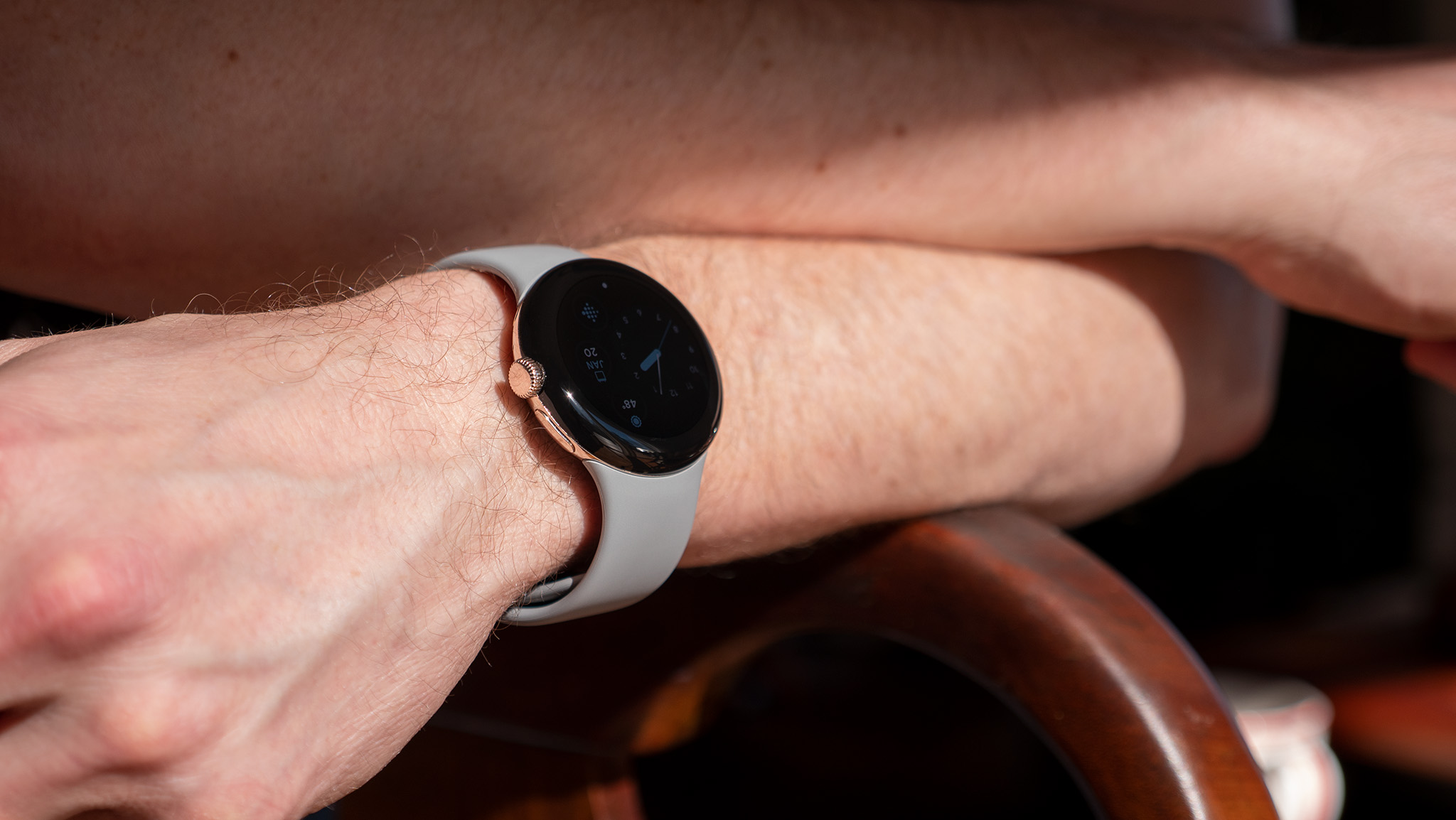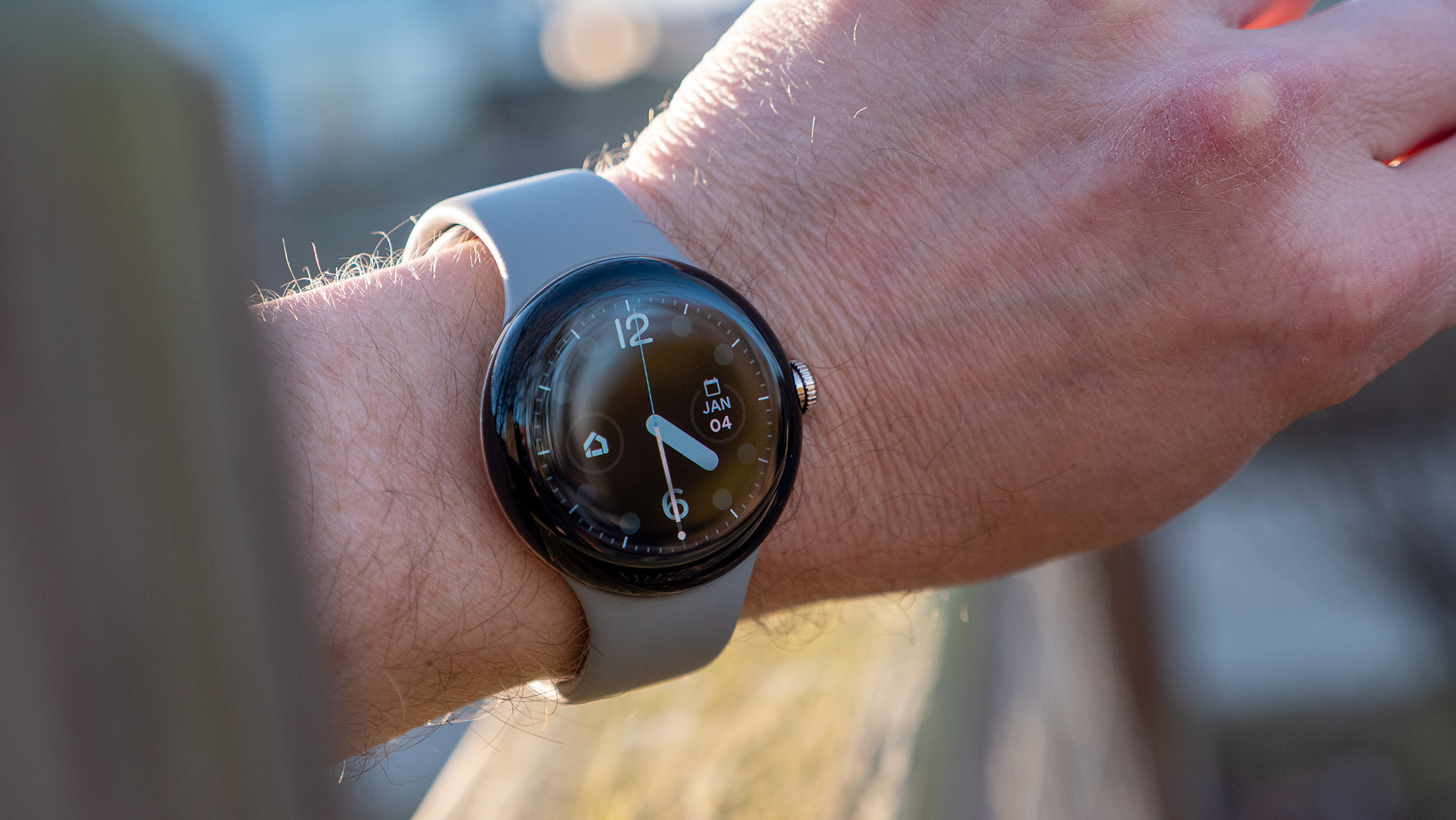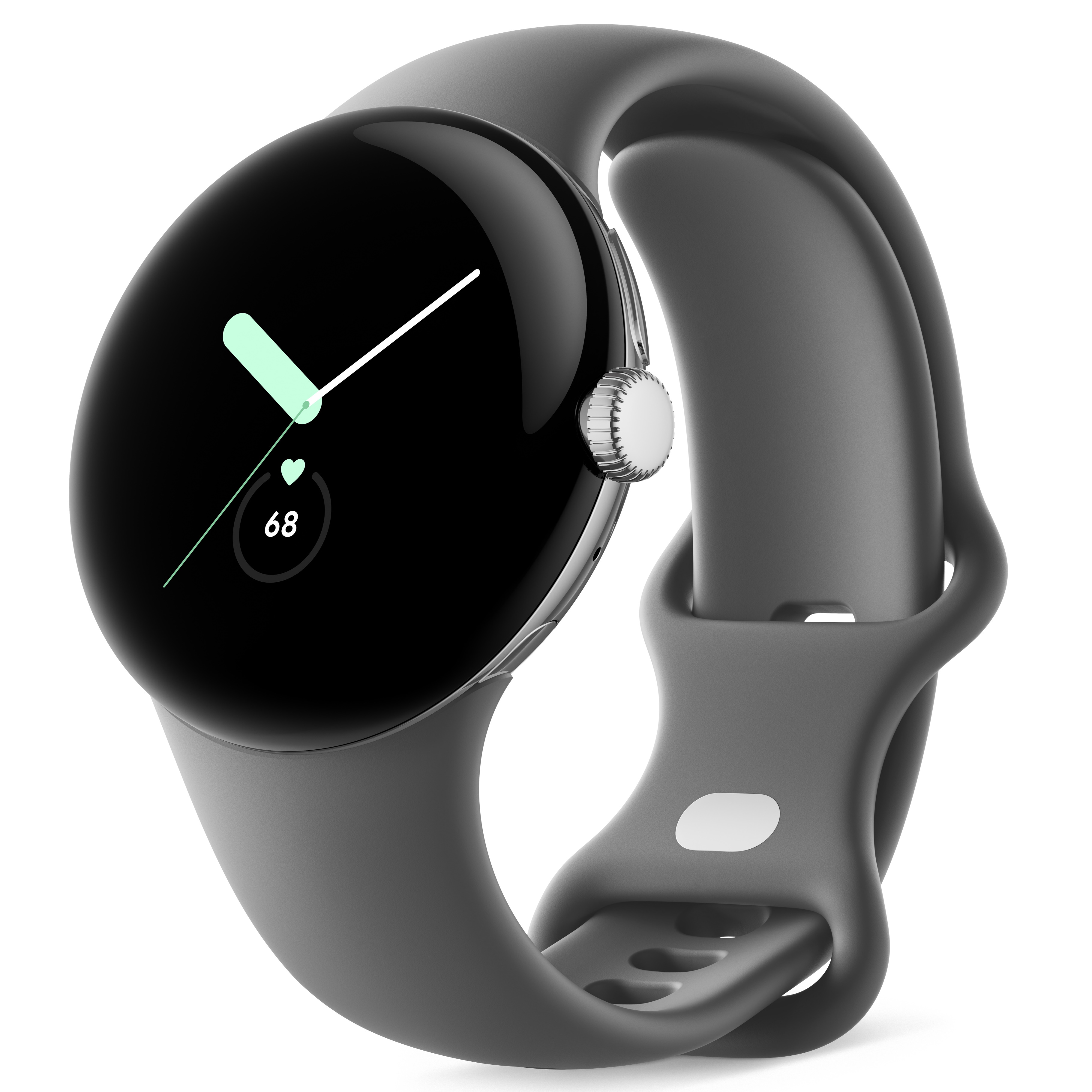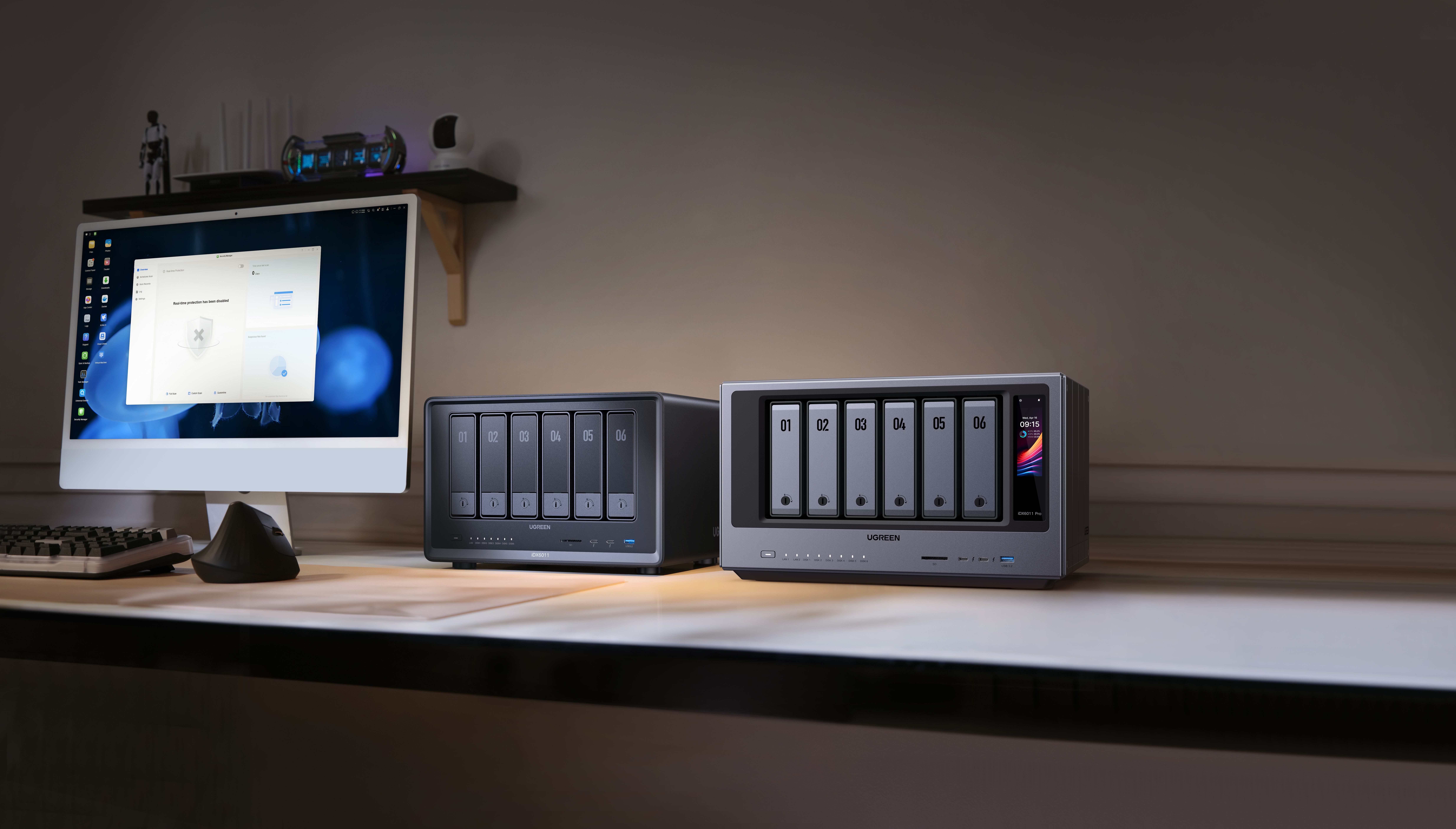Google explains how fall detection works on the Pixel Watch
Falls are scary, but the Pixel Watch is with you.

What you need to know
- Google explains how it created the AI algorithm behind its fall detection feature on the Pixel Watch.
- Rigs for simulation and even stunt doubles were required to pair this algorithm with the motion sensors inside the watch.
- Google conducted tests with emergency dispatch communities to ensure the Pixel Watch's automatic calling was clear and precise.
Google's fall detection feature on the Pixel Watch enables the device to check in on you and inquire if you need medical assistance. As detailed in a Keyword blog post, Google explains what it took to get fall detection working on its first smartwatch.
To understand what a "hard fall" truly means, Google's product lead for the feature, Paras Unadkat stated, "By collecting a lot of data and training our AI models across different data sets, we can differentiate between different types of motion patterns..."
The company turned to universities and labs that were already researching what a fall looks like to a motion sensor. Rigs were created in order to simulate falls and how a person may react to losing their balance. Google then used computer vision to try and visualize different types of falls. The company also tested physics and took into account the varying limb length of humans along with our various body types.

Google also tested the Pixel Watch's fall detection on stunt doubles who were instructed to, quite literally, throw themselves onto the ground. All of this data was then used as teaching material for the device's sensors. Google speaks on the multitude of tiny sensors within the Pixel Watch that are not only there to gauge your movements but also your heart rate, steps, and sleep.
The motion sensors inside the watch search for how a human body typically reacts to a hard fall. With the algorithm-scavenging missions the Mountain View-based company underwent, the information was able to better train the motion sensors inside the watch to realize that not every small stumble is an emergency.

Google's tests included people conducting movement-intensive exercises such as jumping, swimming, and burpees to ensure the device would remain calm, acknowledging that these are routine movements and not emergencies.
Getting users the help they need — and quickly — was the final step. Google states it tested the Pixel Watch's fall detection on "several hundred people for over a year" before moving on to the emergency contact portion. The company worked alongside emergency dispatch communities to test the call quality of the automatic calls to ensure they were clear and delivered the appropriate amount of information.
Get the latest news from Android Central, your trusted companion in the world of Android
After the Pixel Watch launch last fall, the company stated its fall detection feature would roll out this past winter. It took a bit of time, but the Pixel Watch officially received its personal safety feature in late February. After taking a hard fall, the notification will display two options: "I feel & need help" and "I'm OK." If you are an owner of the Wi-Fi watch variant, you will need to be in range of your Bluetooth-connected phone in order for the device to contact emergency services.
In addition to fall detection, other health and safety features have arrived with the latest June 2023 update, which finally activates its SpO2 sensor for monitoring your blood oxygen levels.

The Google Pixel Watch, with its domed-glass display, breathes elegance and sophistication effortlessly. The company's first smartwatch delivers easy-going Android apps, music, maps, and acts as a smart home hub. The Pixel Watch's personal safety features ensure you're not too far from help.

Nickolas is always excited about tech and getting his hands on it. Writing for him can vary from delivering the latest tech story to scribbling in his journal. When Nickolas isn't hitting a story, he's often grinding away at a game or chilling with a book in his hand.
